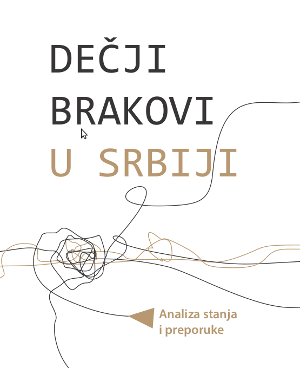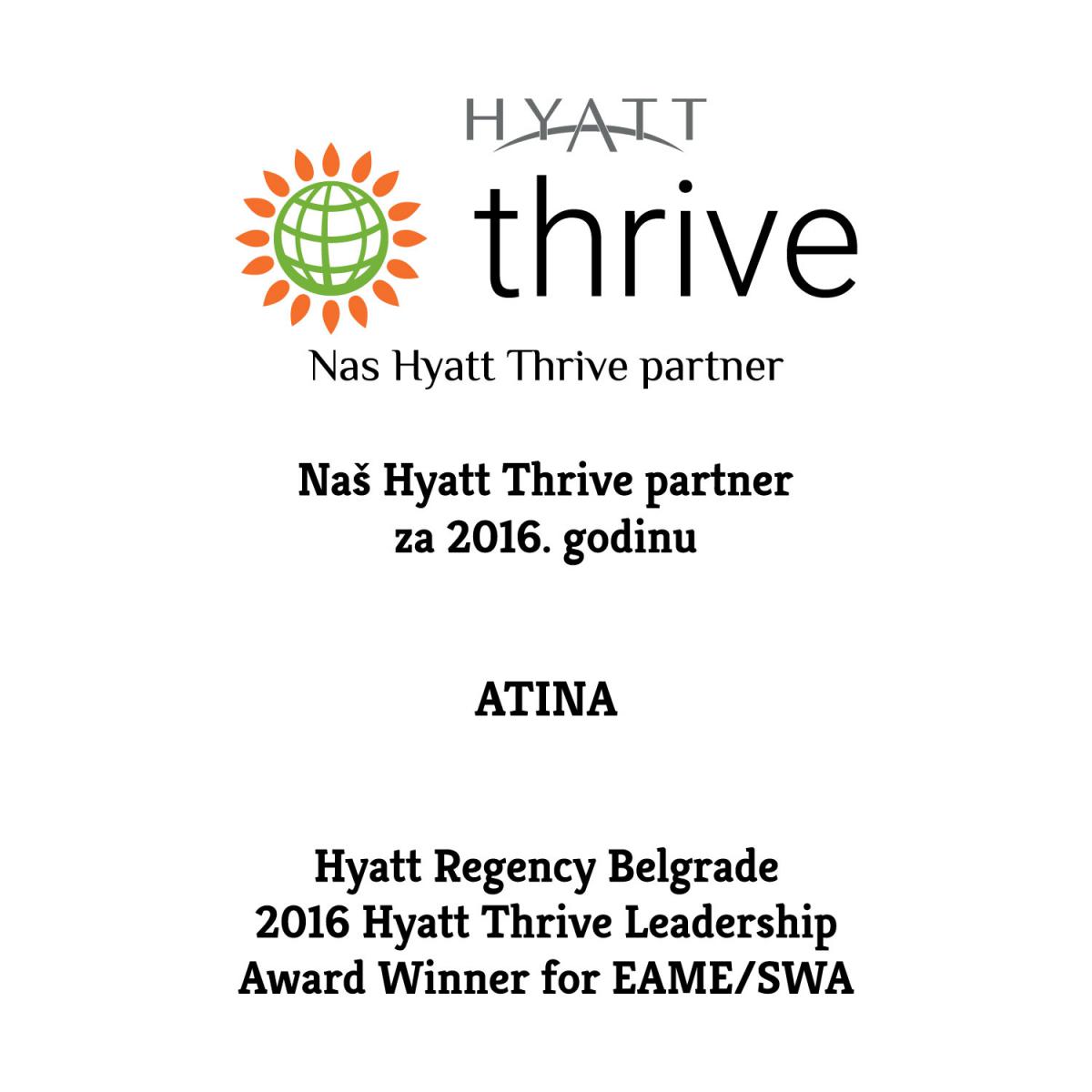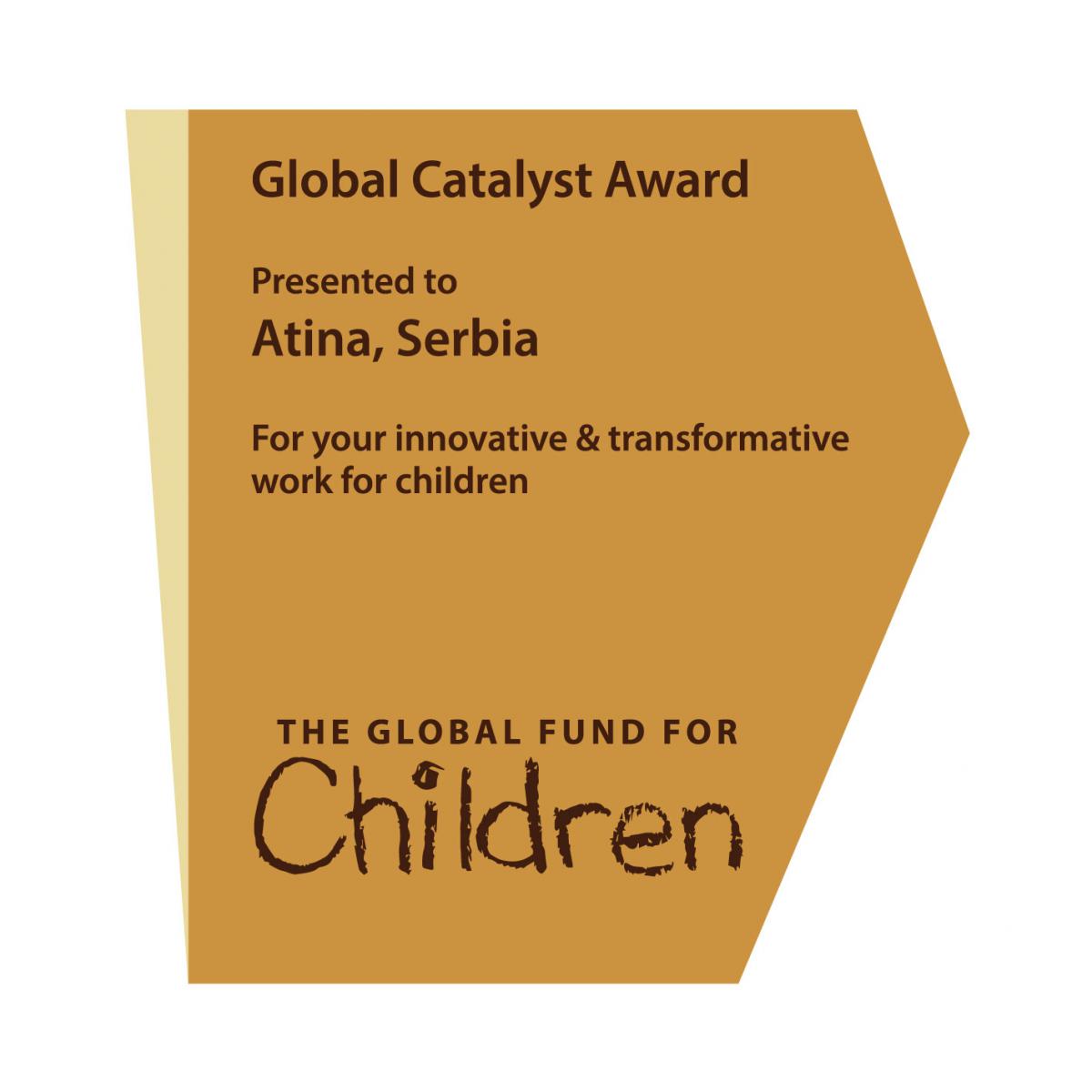Hotline: +381 61 63 84 071
CHILD MARRIAGES IN SERBIA

Child marriages represent a problematic practice within which a child forcibly enters into a marriage union with another child or with an adult. This phenomenon is characteristic of various communities in many countries, but, as a rule, primarily affects girls. Although in Serbia this practice is present to a lesser extent, compared to some other areas, and although it is prohibited and punishable, unfortunately, there are still thousands of children who, on an annual basis, enter into child marriages. In Serbia, this problem is particularly pronounced among the Roma community.
For decades now, attempts have been recorded to, both at international and national levels, put a stop to this practice. In this regard, a series of documents, conventions, and declarations, as well as laws and national strategies, have been adopted with a task to repress the phenomenon of child marriage. Numerous institutions have been established tasked to protect the rights of the child, and to care for those children who have entered into marriage, i.e. who are at risk of child marriage. Although these attempts gave certain results, it seems that we are still far from the complete eradication of this practice.
Child marriages affect children who enter into it with vast and grave consequences. From chronic poverty and illiteracy, through early parenthood, to a complete lack of prospects for any kind of personal development, this practice completely dereifies children, and condemns them to spend the rest of their life in a grievous and meaningless way. This happens everywhere where there are child marriages, and it is happening right now, among us, in Serbia. In order to protect the rights of the child, and allow proper childhood for all children, especially those from vulnerable groups in Serbia, primarily Roma, it is essential that the competent institutions always and promptly react to the phenomenon of child marriage and find a way to protect that child. No tradition can be justified if it endangers the child's life, and therefore it is necessary to create good and sustainable programs for the communities within which this practice is widespread, in order for the communities themselves to realize the harmfulness of the practice and become involved in its suppression, and for each child to become free of fear that suffering is their only certain future.
In order to solve the problem of child marriages and stand in the way of this serious violation of human, and children's, rights, we all need to work together. We believe in a society in which every girl and every boy have a carefree childhood and an opportunity to go to school and develop their potentials. We envisaged this study as a step closer to that goal, and we thank all those who participated in its creation.
Ana and Vlade Divac Foundation and NGO Atina












 FACEBOOK
FACEBOOK TWITTER
TWITTER YOUTUBE
YOUTUBE